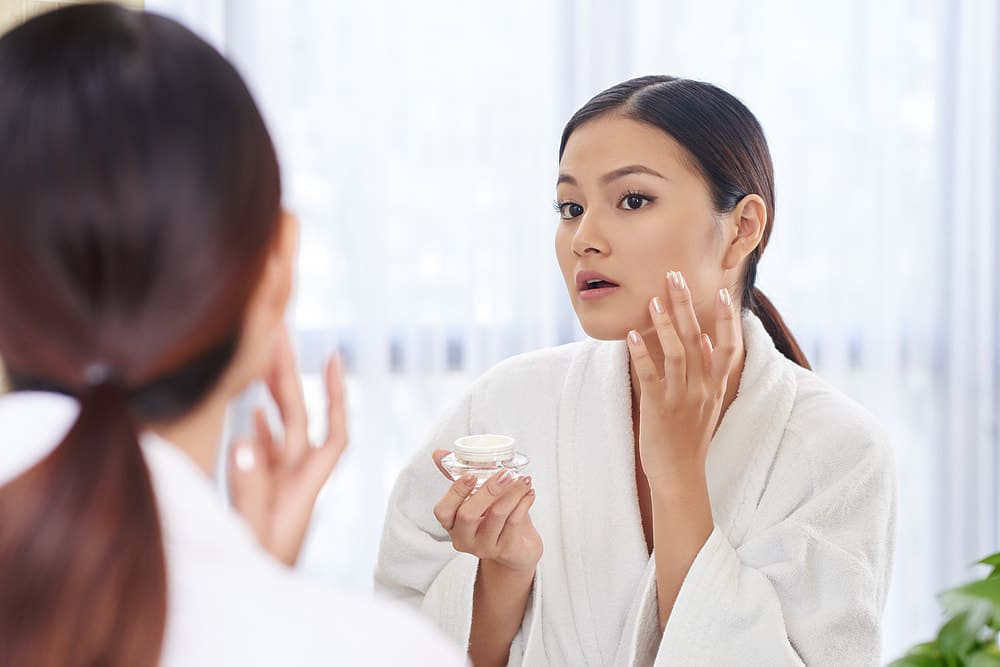
9 Skincare Ingredients That Could Worsen Rosacea
- August 19, 2022
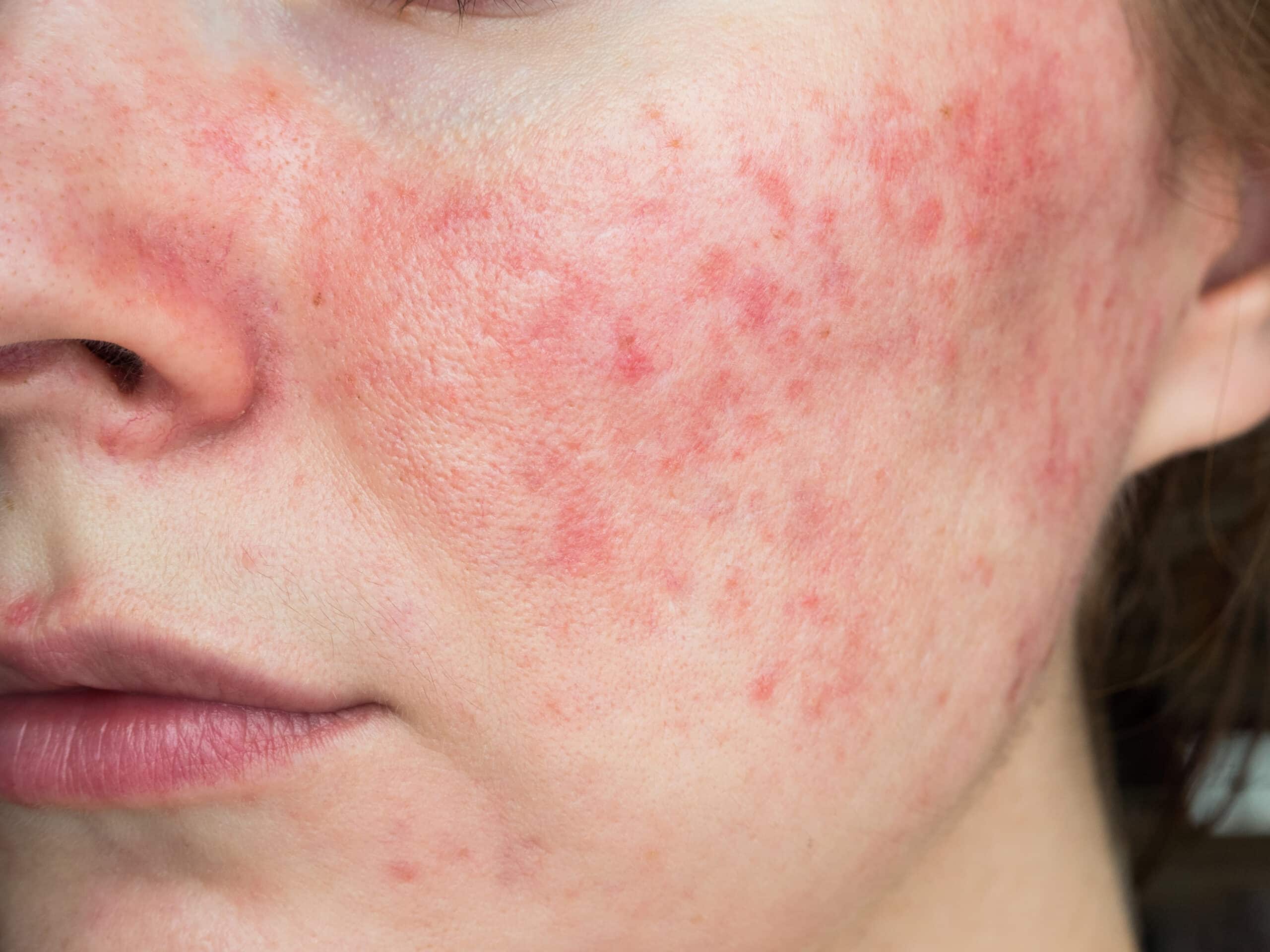

The idea that red, rosy cheeks is always a good thing cannot be further from the truth for those suffering from rosacea. While rosy cheeks can give the perception that someone is in “the pink of health”, rosacea can make it feel like the opposite. This chronic inflammatory disorder is both painful and embarrassing to sufferers of this condition, often flaring up at inconvenient moments.
Little is known about what causes this condition, and there is no permanent cure. However, rosacea treatment in Singapore is available to help control the symptoms of this condition. At the same time, sufferers of rosacea can help to alleviate the regularity and severity of attacks by looking out for triggers for the condition.
In this context, skin care has been known to cause flareups of rosacea, with certain commonly used ingredients known to have a higher chance of causing the redness to rise in the faces of rosacea sufferers. A survey study of 1023 rosacea sufferers showed that more than half of the respondents were sensitive to some form of skin care product.
Let’s find out what they are so you can avoid them.
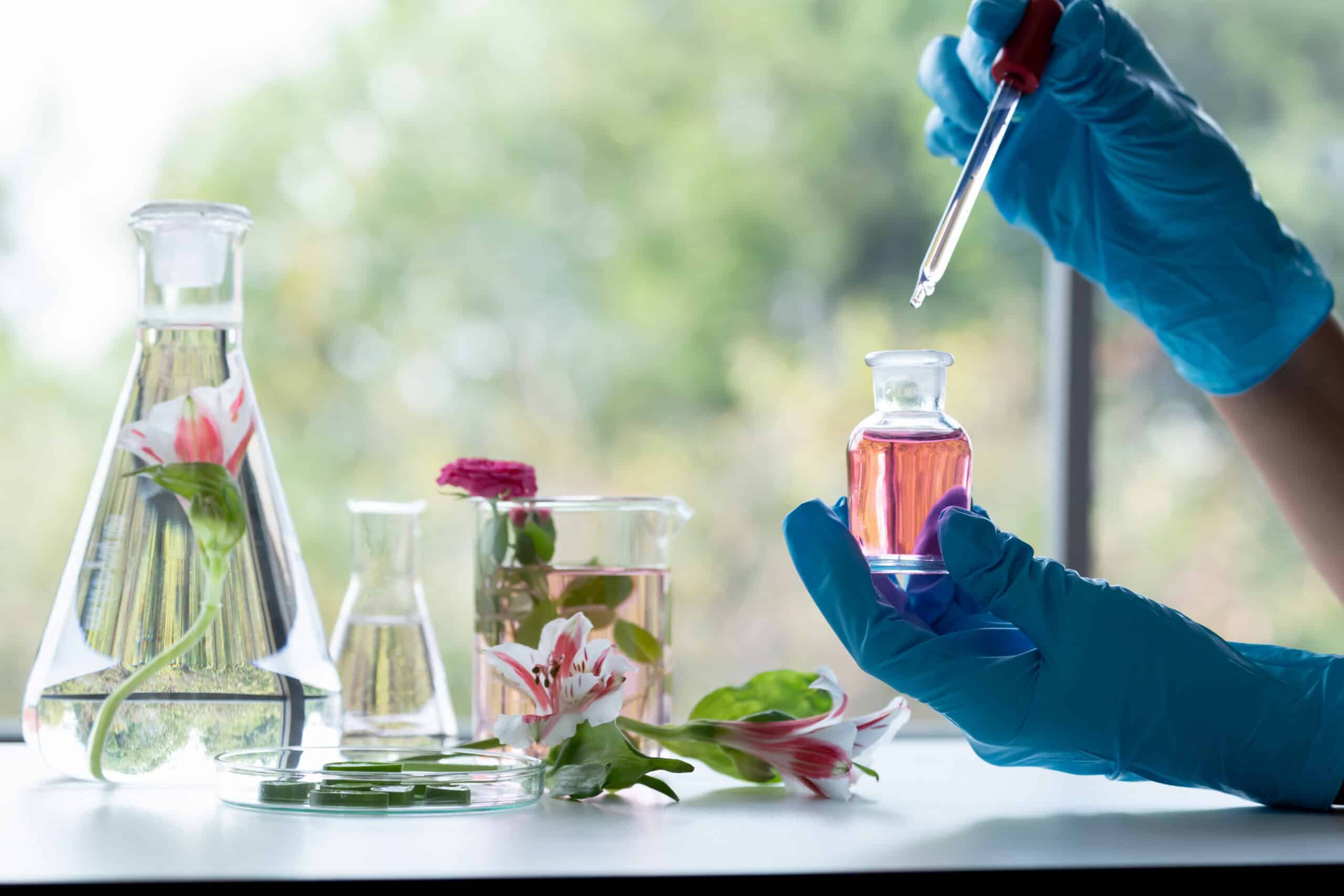
Skincare ingredients that involve fragrances tend to trigger a skin reaction.In fact, 29.5 percent of respondents mentioned that fragrance triggered their rosacea.
Despite the vast amount of skincare products that may trigger rosacea flare ups, most respondents to the study reported that they were able to find the right products for their conditions. While there is a huge list of scented ingredients that may or may not trigger a specific individual’s rosacea condition, the rule of thumb is to avoid any scented skincare products and aim for fragrance-free items.
This well known active ingredient is great for countering acne by dissolving cell build up on the skin. Many people who face acne issues use this beta hydroxy to exfoliate the skin and keep their pores clear. When pores get plugged up with dead skin cells or oil, acne often happens. Therefore, people use salicylic acid to penetrate the skin and dissolve dead skin cells that are clogging their pores. It takes a while for full effect to take place, but it tends to be effective for acne.
Some sufferers of papulopustular rosacea may benefit from salicylic acid in low concentration as it exfoliates their skin and unclog pores. However, the same ingredient, especially in higher concentrations, can also worsen rosacea symptoms in others. That is why it is important to approach a doctor experienced in treating rosacea to tailor a treatment plan specific to your needs. s.
Glycolic Acid is known as the workhorse of exfoliating acids. This alpha-hydroxy acid, derived from sugar cane, is the simplest and smallest in molecular structure. Glycolic acid acts as an exfoliant, helping to remove dead cells and revealing brighter layers underneath by acting on the outermost layer of skin.
When it meets the dead skin cells on outermost layer of skin, glycolic acid is able to loosen the tightly packed cells so that they slough off easily. The substance is also able to get deeper into the skin, stimulating the fibroblasts in the dermis layer to produce more collagen. By stimulating collagen production, skin feels firmer and wrinkles become less obvious.
While this gives most people glowing skin, this same acid can also cause irritation to those with sensitive skin. Since its exfoliation effect is already quite strong on normal skin, rosacea-prone skin can react badly and end up red and sensitive.
Lactic acid is also an alpha-hydroxy acid, often used in cosmetic products. Produced by a fermentation process using cornstarch or beet sugar, lactic acid is often used in superficial chemical peels to remove dead skin cells. However, lactic acid has an advantage of keeping skin naturally hydrated as it works to make skin look better. In higher concentrations, lactic acid can penetrate deeper layers of the skin. However, lower concentrations will only work on the outer layer of the skin. It is known to encourage collagen renewal, firm up skin and lighten hyperpigmentation.
Unfortunately, its reputation as an exfoliant means that it cannot be used on rosacea-prone skin. While it is considered to be “weaker” than glycolic acid, lactic acid is similar in effect to its other exfoliant acid cousins, and can compromise an already sensitive skin barrier.
Often used for skin lightening, hydroquinone is a benzene derivative that bleaches the skin by reducing the number of melanocytes present in the skin. Melanocytes produce melanin, so reducing those also reduces the amount of melanin, which in turn affects your skin tone. This is why hydroquinone is used to control melanin for hyperpigmentation cases to help patients produce more evenly toned skin over time. However, for people with dry or sensitive skin, hydroquinone tends to cause further dryness or irritation.
It is this irritation and dryness that causes problems for rosacea-prone skin. The issue is that this skin lightener is too harsh for rosacea-prone skin to tolerate, and could very easily cause unwanted inflammation, creating a burning sensation of the skin in the process.
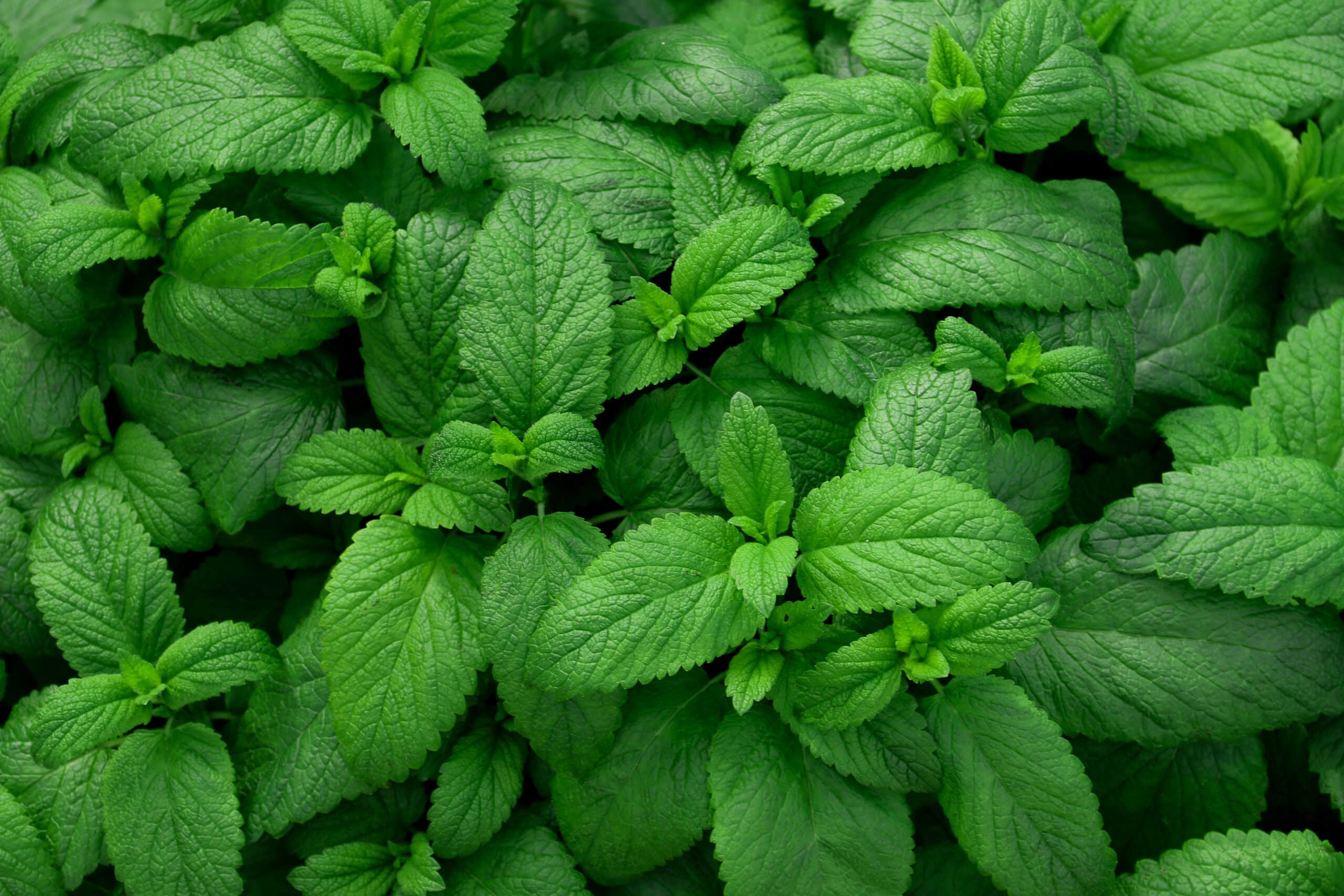
All three of these ingredients smell great, and produce a cooling effect on the skin. For most of us, it feel refreshing. However, for rosacea patients, this sensation is more painful than enjoyable. When applied to the skin of a person with rosacea, the cooling sensation is actually more like a burning or itching sensation. This is also somewhat connected to the idea that fragrances possibly triggering rosacea as well, where the smell of these ingredients can potentially cause a flare up.
Used in toners, witch hazel is a plant extract that is also often used in skincare products such as cleansers, toners and topical ointments. The liquid form of this extract has a toner-like quality, making it commonly used in many skin care products and home remedies. Witch hazel has an astringent property due to its tannin content, giving the skin a constricting and drying effect when applied to it. To a minor degree, it temporarily removes grease from the skin and minimises the look of pores.
Some skincare packaging also tends to say that witch hazel toner is alcohol-free. However, witch hazel tends to be distilled using denatured alcohol, with the final extract often containing between 15 – 30 percent of alcohol content in the form of ethanol. When you take the drying effect of tannins and ethanol at the same time, you can imagine why witch hazel is an irritant for those with rosacea.
Unlike physical sunscreens which sit on your skin to block out harmful UV rays, their chemical counterparts have active ingredients such as Oxybenzone that absorb UV rays before the skin can take them in. These chemical UV filters do not leave any visible layer on the skin, and are generally easier to apply and use. They also go on smoothly without feeling greasy, and do not leave any white castings behind.
The fact that these chemical sunscreens are going to seep into the skin, and then absorb all that UV radiation, is al sign that it might trigger rosacea. Heat is a major trigger for rosacea, so the chemicals that absorb UV radiation are going to heat up and can trigger a reaction from sensitive skin. Rosacea sufferers should consider using a physical sunscreen that uses zinc oxide or titanium oxide, which sits on top of skin to act as a barrier to reflect sunlight.
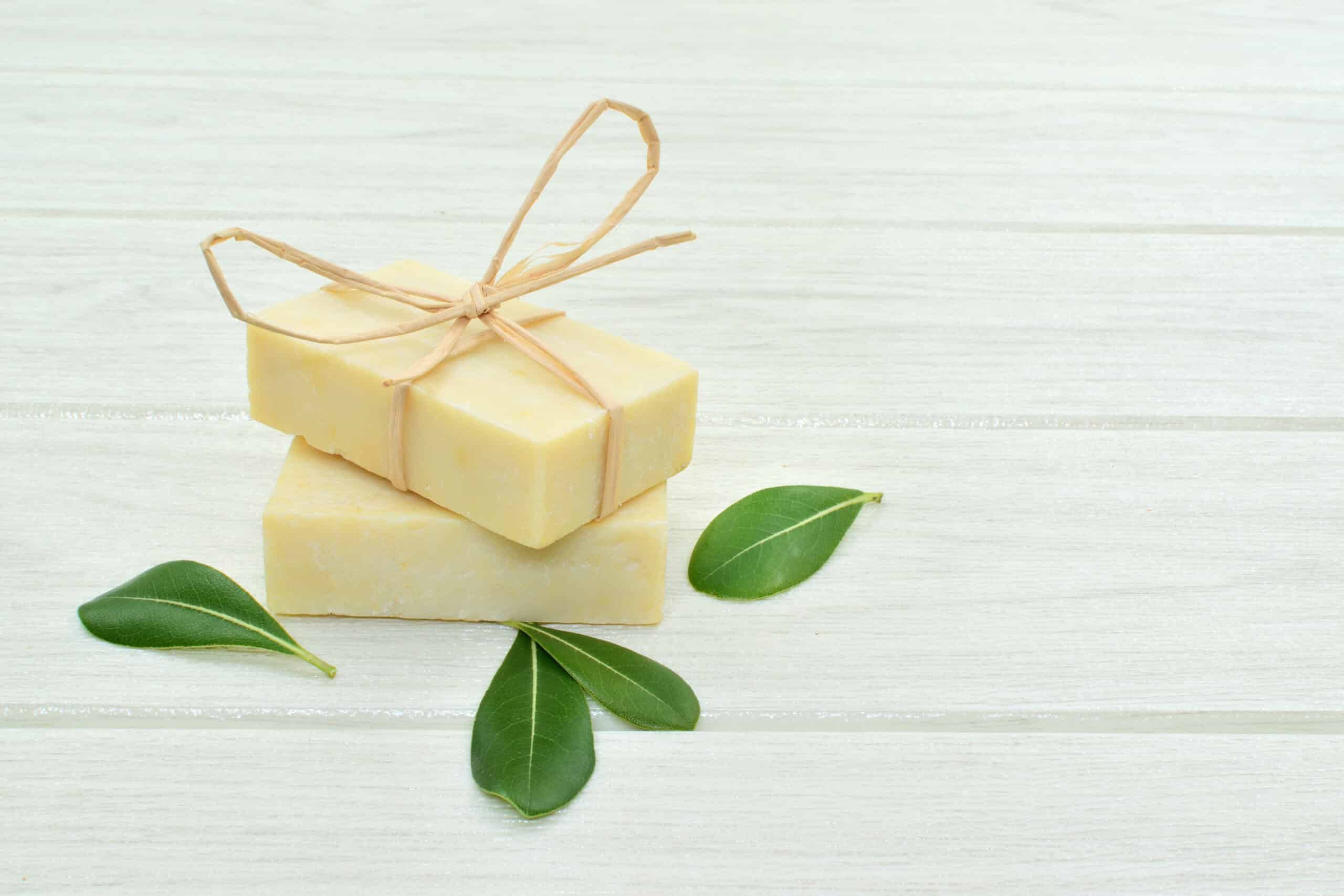
Soaps are no longer just made of fat. Normal, every day soaps tend to be high in detergent content and usually contain chemicals like formaldehyde releasers and sodium laurel sulphate. While these chemical are useful for things like creating lather or acting as cleansing agents, they are also harsh on the skin.
This is why those with rosacea are advised to spend a little bit more for soaps that have gentler ingredients. Consider choosing very simple soaps that do not throw off the skin’s pH levels, support the skin barrier and focuses on moisturising gently. Glycerin and other humectants are beneficial ingredients as they help to keep the skin moisturised.
Skincare ingredients play an important role in affecting your rosacea, especially due to issues like allergies. Therefore, it is a good idea for those with sensitive skin to patch test any new skincare product before applying to the entire face. However, there may be other factors at play that could be affecting it as well. If you’re uncertain, here’s a list of other possible causes of rosacea to look out for:
If you have a relative or someone in your family history that has rosacea, it’s likely your rosacea is genetically linked. Several genes, especially those closely linked to the immune system, can be easily passed on through genetics. Because of these genetic links, there’s a high chance rosacea that’s inherited genetically is due to an autoimmune response, which makes you more likely to be at risk of developing other autoimmune disorders.
Demodex mites, which range in size from 0.1 mm to 0.4 mm, are tiny mites that live on everyone’s faces. According to certain research, people with rosacea had a larger concentration of face mites in the affected areas. It was also hypothesised that Demodex might secrete tiny amounts of germs that rosacea patients are more sensitive to, causing irritation. Although mites may not be the sole cause of rosacea, they can be a significant component that could be worsening it.
Those with fairer skin have a higher chance of developing rosacea, probably as a result of melanin’s lack of UV protection. Because UV light causes skin inflammation, exposure to the sun frequently triggers a rosacea flare; therefore, sun protection of at least SPF30 should always be utilised. As mentioned in the earlier section, physical sunscreens are preferred over chemical sunscreens for those with rosacea. If in doubt, it is best to check with a doctor on this.
While rosacea affects all genders and ages, it can help determine what causes rosacea in various people! For instance, males with rosacea are more prone to develop rhinophyma, a bulbous tissue growth around the nose, but females rarely do. Younger rosacea patients typically have more flushing, erythema, and telangiectasias, which are dilated or broken blood vessels near the skin’s surface and are commonly known as “spider veins,” than older patients.
Some spicy meals, hot beverages, vanilla, cinnamon, chocolate, and caffeine can trigger certain receptors in the skin, causing it to flare up. Patients with rosacea have been discovered to have high blood glucose levels, demonstrating a relationship between too sugary diets and rosacea that may cause greater inflammation and worsen rosacea.
While a good skincare regimen with the right ingredients can help minimise the effects of rosacea, there are other effective treatments you can consider to help reduce its effects further.
Pulsed light therapy or laser therapy are frequently used to treat rosacea in Singapore. It targets highly visible blood vessels that cause severe flushing. A non-heat version of the laser can be used to break up the red patches, while a heat version can be used to “cauterise” or “collapse” the blood vessels. At SL Aesthetic Clinic, we use Fotona’s ND-YAG laser to treat inflammation caused by rosacea.
Topical treatments include creams, gels and lotions applied on skin for specific concerns. Common ingredients include: metronidazole, azelaic acid and ivermectin (commonly marketed under the brand name Soolantra). For cases where the rosacea is caused or worsened by an infestation of dermodex mites, malathion may be prescribed.
Electrosurgery uses a very small needle that is inserted into the skin’s surface, targeting blood arteries or extra tissue with a carefully chosen electric current. This causes the affected area to clot (blood coagulation) and contract. An area of formerly symptomatic skin will remain behind after the treatment, forming a scab over the treated areas, which will eventually fall off on its own.
The word dermabrasion comes from the words “dermal” and “abrasion,” which describe the non-surgical exfoliation and removal of your skin’s outermost layer. This treatment “sands down” the top layers of extra skin tissue and promote the replacement of the area with new, smoother skin cells. The smoother skin beneath is typically shown by breaking up the skin cells with small crystals. This treatment option is often used for those with excess or thickened tissues caused by phymatous rosacea, and may exacerbate the condition of other types of rosacea. This is why you should get a proper diagnosis from an experienced medical practitioner before jumping into treatments.
Rosacea is not an easy condition to be diagnosed and requires an experienced medical practitioner to do so. If you suspect that you might be suffering from rosacea, or you want to find ways to help improve your rosacea condition, you can consider consulting our doctors at SL Aesthetic Clinic. Our doctors can help customise a suitable treatment plan based on your specific lifestyle and condition. Our doctors will also evaluate the suitability of your current home care products, which is a crucial aspect of the entire treatment plan for rosacea patients.
If you are seeking to alleviate the redness, sensitivity and pain that rosacea causes to your face, SL Aesthetic Clinic can provide you with the necessary diagnosis and treatment to alleviate your aesthetic concerns. Call us now at 6235 3246, or Whatsapp us at 9850 7112.
Like what you read? Share them!